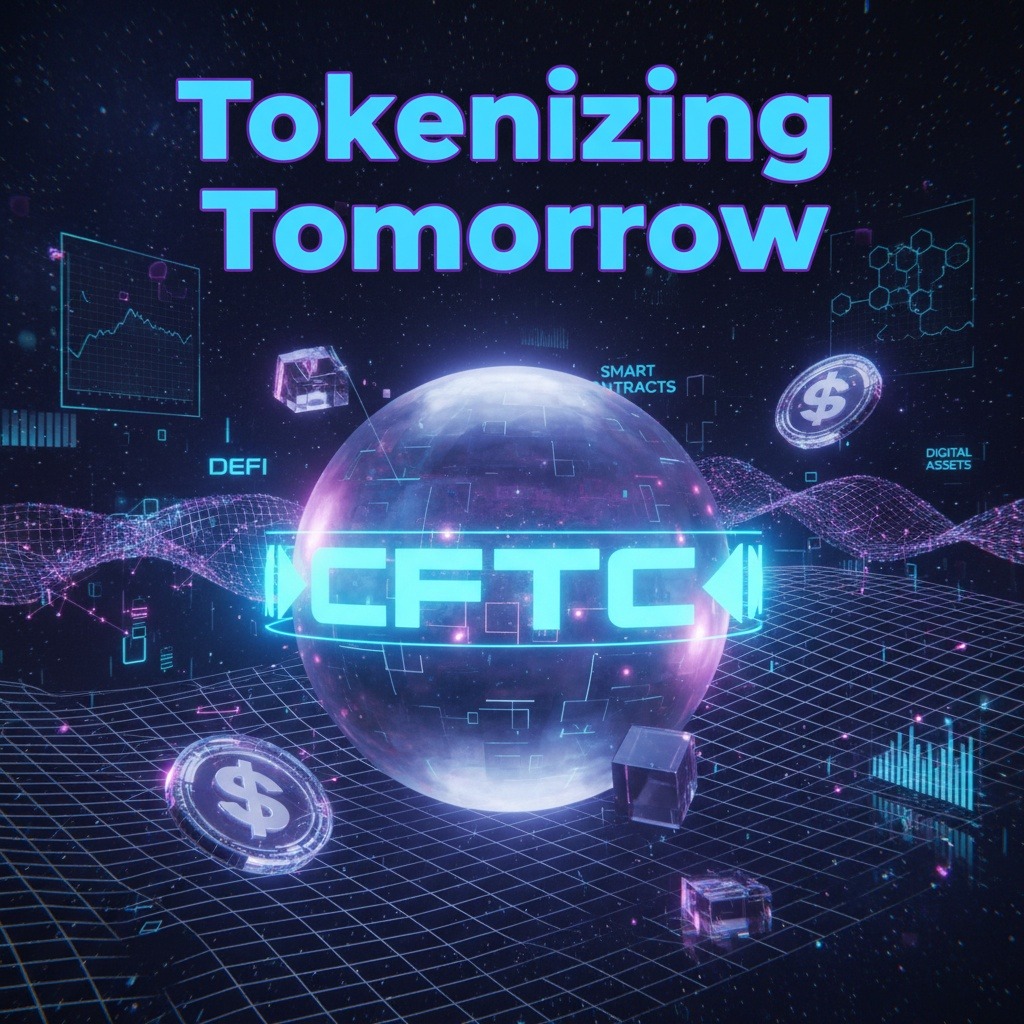The U.S. Commodity Futures Trading Commission (CFTC) has launched a new initiative aimed at integrating stablecoins as tokenized collateral, a step intended to address margin requirements in the substantial derivatives market. This effort seeks input from industry stakeholders to effectively implement the policy.
Caroline Pham, the acting chair of the CFTC, is spearheading this initiative in the context of a “crypto sprint” aimed at promoting the inclusion of digital assets in U.S. financial operations. This move comes amid prolonged delays in the confirmation process for former Commissioner Brian Quintenz, who has been nominated by President Donald Trump to chair the agency. As such, Pham has taken the lead in rolling out new initiatives, collaborating with Securities and Exchange Commission (SEC) Chairman Paul Atkins to navigate regulatory developments in the crypto sector.
Pham articulated her enthusiasm for the initiative in a recent statement, noting, “For years I have said that collateral management is the ‘killer app’ for stablecoins in markets.” She expressed optimism about working closely with various stakeholders to enable the adoption of stablecoins as collateral resources.
Stablecoins, which have recently come under regulatory scrutiny through the Guiding and Establishing National Innovation for U.S. Stablecoins Act (GENIUS) Act, represent pivotal dollar-pegged tokens that play a crucial role in the operational framework of crypto markets and smart contracts in decentralized finance. By allowing stablecoins to serve as tokenized collateral, the CFTC aims to enhance market functionality and liquidity.
As part of this initiative, the CFTC has invited written feedback from industry participants, including notable firms such as Circle, Coinbase, and Ripple, with a deadline for submissions set for October 20. This outreach is intended to gather diverse perspectives on how best to implement tokenized collateral policies and ensure that they meet industry needs.
The push towards adopting stablecoins as collateral also aligns with recommendations outlined in a recent report from the President’s Working Group on Financial Markets, which urged the CFTC to offer guidance on the implementation of tokenized non-cash collateral in regulatory margin requirements. This reflects a growing acknowledgement of the potential role that stablecoins and tokenization can play in modernizing financial systems.
Pham emphasized the broader economic implications of these changes, stating, “These market improvements will unleash U.S. economic growth because market participants can put their dollars to work smarter and go further.” By modernizing collateral management through stablecoins, the CFTC hopes to increase efficiency in capital allocation, which could yield significant benefits for market participants.
As discussions unfold and industry feedback is collected, the CFTC’s initiative marks a significant step towards fostering a more inclusive regulatory environment for digital assets. The ongoing evolution of stablecoin regulation and adoption in traditional financial markets could transform the landscape of derivatives trading, creating more opportunities for innovation and economic expansion.



